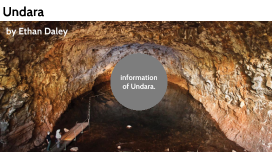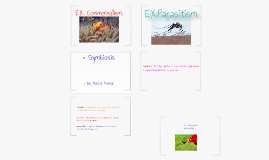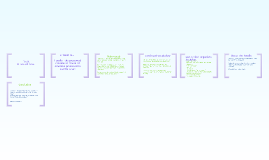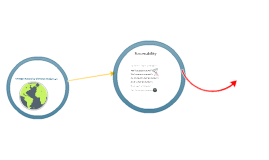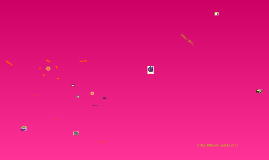science powerpoint
Transcript: In Mesozoic Era Extended from 144 million years ago to 65 million years ago During the Cretaceous period, eighty-five percent of all species disappeared, making it the second largest mass extinction event in geological history. The Cretaceous is known for being the last portion of the "Age of Dinosaurs" Dino! All these were animals in the Cretaceous time period Throughout the Cretaceous period, many dinosaurs roamed the earth. The sauropods mostly dominadted the southern continents, but other dinosaurs like the Triceratops, stayed closer towards the Northern parts Animals such as frogs, salamanders, turtles, crocodiles, and snakes were common in the Cretaceous period In the beginning of the Cretaceous time period, the supercontinent Pangea was continuing to separate and towards the mid-Cretaceous, it had split into several smaller continents Rising Sea Levels The rift between Africa and South America created a long chain of volcanic moutains underwater. As, these mountains grew, the Atlantic Ocean continued to become wider. The mountains displaced a huge amount of water, so much in fact, that the water level of the seas are about one-hundred meters higher than today Plants Willow Elm Sequoia Grape Maple Oak Laurel Grass Birch Climate Was mild but towards the end of this period it became cooler Animals... Dinosaurs Styracosaurus 1 Styracosaurus 2 Tenontosaurus Therizinosaurus Thescelosaurus Triceratops Triceratops and Tyrannosaurus Troodon Tyrannosaurus rex and asteroids Tyrannosaurus rex and Triceratops Tyrannosaurus rex and supernova Tyrannosaurus rex at Watering Hole Tyrannosaurus rex Tyrannosaurus rex skeleton Tyrannosaurus rex (cartoon) Utahraptor Velociraptor Alamosaurus Ankylosaurus Argentinosaurus Daspletosaurus 1 Daspletosaurus 2 Deinonychus Giganotosaurus Megaraptor Microceratops Ornithomimus Oviraptor Parasaurolophus Spinosaurus 1 Spinosaurus 2 Stygimoloch 1 Stygimoloch 2 Pterosaurs Pteranodon sternbergi Pteranodon Cearadactylus Quetzalcoatlus Tapejara Tropeognathus Ancient Birds and Feathered Dinosaurs Caudipteryx Microraptor Random Facts? biggest change in the cretaceous had to be the appearance and advancement of flowering plants At the end of the cretaceous period a mass extinction second only to the permian triassic extinction wiped out over 80% of all living species on the planet earth. It wasn’t just the dinosaurs that were affected, pterosaurs, mosasaurs, plesiosaurs, ammonites, belemnites and many other species which were common at that time simply dissappeared. not 100% clear what caused the extinction but some key factors which contributed to it include the striking of a massive asteroid about 10 kilometres in diameter. This asteroid landed in the Yucatan peninsula in Mexico and would have had disasterous consequences ranging from forest fires to sunlight blocking dust and causing mass darkness and death to both animal and plant life. Diff types of plants you could see in the Cretaceous period By the end of the period some of the flowers may have looked like this... Or this.. This is a fossil found in the Cretaceous period Bibliography http://www.dinosaur-facts.com/timelines/cretaceous-period/ http://education.yahoo.com/reference/encyclopedia/entry/Cretaceo http://www.dinosaur-facts.com/timelines/cretaceous-period/ http://www.fossils-facts-and-finds.com/cretaceous_period.html http://confessionsoposw.blogspot.com/2007/01/when-was-cretaceous.html www.wikipedia.com www.zoomdinosaurs.com http://dinosaurs.about.com/od/dinosaurbasics/a/dinosaurages_4.htm http://www.ucmp.berkeley.edu/mesozoic/cretaceous/cretlife.html www.ask.com http://library.thinkquest.org/20886/cretaceous.htm Other pics.. :) By: Mikaela and Lexi :) The Cretaceous Time Period http://www.ucmp.berkeley.edu/mesozoic/cretaceous/cretaceous.html






